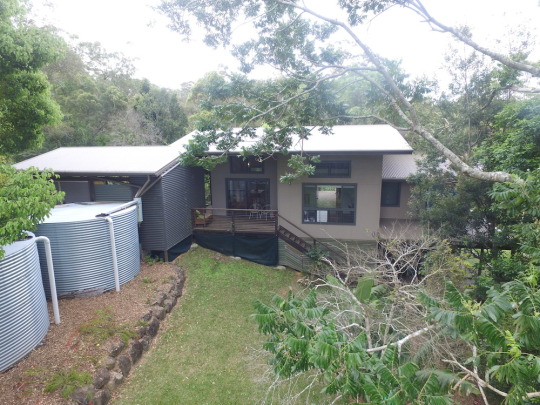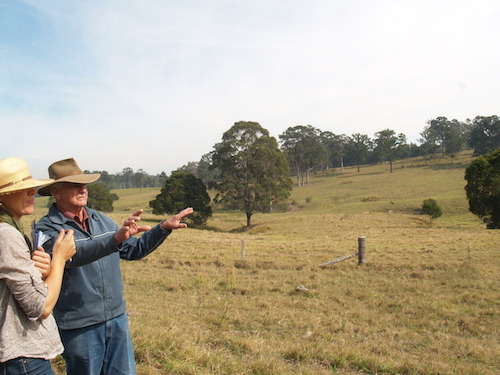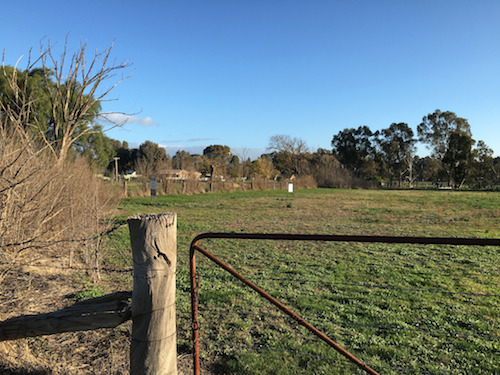Many people often ask us where can I “buy community”. Of course, most communities are built by the people who live there – the interactions, relationships over time, history of local events. The features of community that are desirable are connectedness, looking out for each other. Historically community meant some sort of social unit with certain norms, religion, values, customs, or identity. Usually, a place or geographical region. Since the advent of the world wide web, use of ‘community’ and ‘tribe’ has become much more a sense of shared values and experience.
In establishing cohousing and ecovillages, people have sought to design and build for certain behaviours and values based on a shared philosophy of sustainability. The intention being a shared vision to create places that will address social, culture, ecology and economy – the four pillars of sustainability.
CoHousing
Cohousing was first established in Scandinavian countries. The design of the houses was to encourage frequent interactions and form close relationships, so architecture is important. Often 20-40-60 homes with large common areas for the residents (and their guests) to interact in. Personal privacy remains important so often the front part of the houses and common areas were for neighbourhood and community interaction and events, the rear part of the houses private. Ownership, decision-making and community contribution are usually the keys to engender the social and cultural changes desired. Many have consensus whilst others may differ to allow residents to ‘pay’ instead of contributing their labour. Shared resources often mean saving money as well as less expenditure on individual systems such as power and water.
EcoVillages
Ecovillages in Australia have mostly been built in regional areas, often with larger acreage involved. A broader term than cohousing each is designed by the people who live there, even if there is an original overall plan.
Participatory processes apply so that all the knowledge and experiences of members are utilised with the intention of creating a group of people who combine for a shared purpose to live sustainable lifestyles.
Multiple Occupancy
Another feature of ‘cohousing’ in Australia has been multiple occupancies which began in the 1960s as people lived together on land in rural areas with limited money and the desire to live more communally. Often, they worked to transform degraded farms back to rainforest and bush as part of their philosophy to live close to the land and protect it.
Legal ownership has also developed over the years. A lot of multiple occupancies became companies with share ownership in the company. Community title was also established for ecovillages and cohousing. The simple way to understand it is more like strata title, where there is individual ownership of each house or apartment (and sometimes land) with shared ownership of the community resources (sometimes including some sort of enterprise).
You can see there is plenty of variety for you to consider. It is finding one that suits your needs, preferences and budget. Check out some here at Castlemaine Victoria, Shepherds Ground in NSW and Denmark in Western Australia. All fine examples of ecoproperty® and available for you now.








